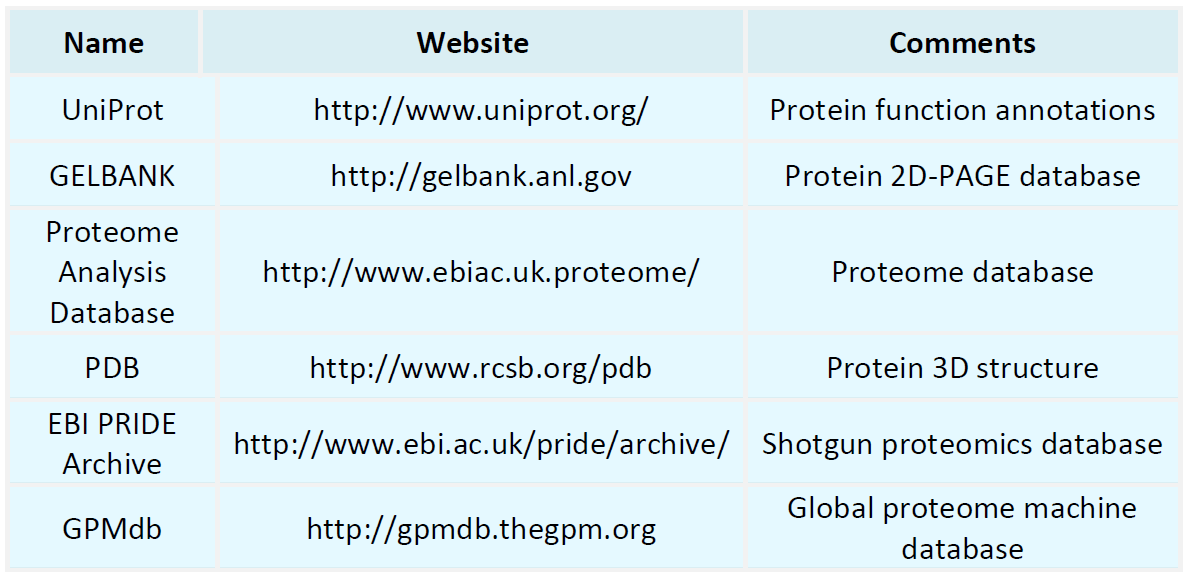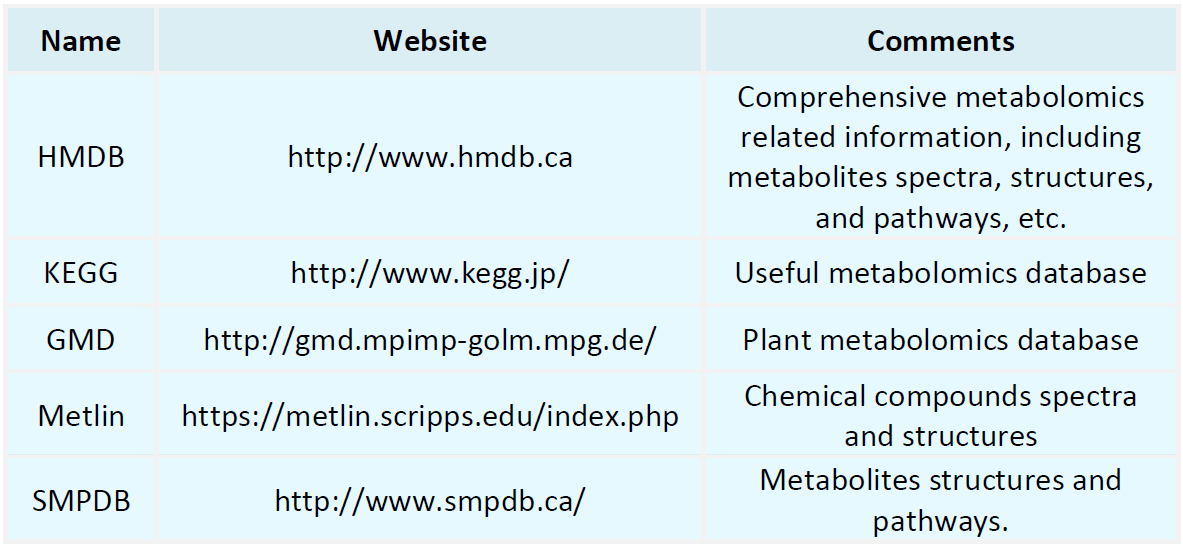Resources
Proteomics Databases

Metabolomics Databases

-
• High-Throughput Detection of N-Glycan Modification Sites Using Enzyme-Based Methods
N-glycosylation is a widespread post-translational modification in eukaryotic organisms, playing a critical role in regulating protein function, signal transduction, protein folding, and stability. N-glycosylation sites are key to many biological processes, including the development of major diseases like cancer and neurodegenerative disorders. Accurately detecting and analyzing N-glycosylation sites is essential for understanding their biological roles.
-
• Quantitative Analysis of O-Glycan Modifications via Mass Spectrometry
O-glycosylation is a widespread form of glycosylation occurring mainly on the hydroxyl groups of amino acids such as serine or threonine in proteins. This modification plays a crucial role in protein function regulation, cell communication, and immune responses. In recent years, with the rapid advancement of mass spectrometry (MS), the quantitative analysis of O-glycan modifications has become more precise and efficient.
-
• Detection of O-Glycan Structures Based on Methylation Analysis
O-glycosylation is a common post-translational modification widely found in various biological systems, playing a critical role in regulating cellular communication, immune responses, and protein function. The complexity of O-glycans arises from different glycosylation sites, branching structures, and various types of sugar chains, making the precise detection of O-glycan structures crucial for understanding the functional roles of biomolecules.
-
• Analysis of O-Glycosylation Sites in Biological Products Using HILIC and Ion Trap MS
O-glycosylation is a key form of post-translational modification that is widely present in cell surface and secretory proteins. The diversity of O-glycosylation is closely related to its important roles in protein function regulation, signal transduction, cell adhesion, and immune responses. Analyzing O-glycosylation sites in biological products is crucial for understanding protein function and quality control of biopharmaceuticals.
-
• High-Resolution Detection of N-Glycosylation Sites in Complex Samples
N-glycosylation is one of the most common post-translational modifications in proteins and plays a crucial role in various biological processes, including cell communication, immune responses, and protein folding. Analyzing N-glycosylation sites is essential in the discovery of disease biomarkers, identification of therapeutic targets, and quality control of biopharmaceuticals.
-
• Analysis of N-Glycosylation Sites in Biologics Products Using LC-MS/MS
N-glycosylation is one of the key post-translational modifications in biologics, significantly influencing protein structure, function, and stability. Precise analysis of N-glycosylation is crucial in the development and quality control of biologics to ensure their safety and efficacy.
-
• Mechanisms of HPLC in Peptide Purity Analysis
High-Performance Liquid Chromatography (HPLC) is a widely utilized analytical technique in biochemistry and pharmaceutical industries, particularly significant in peptide purity analysis. By using HPLC to analyze the purity of peptides, quantitative information regarding the target peptide and other impurities can be obtained, ensuring sample quality.
-
• Applications of HPLC in Peptide Purity Analysis
High-performance liquid chromatography (HPLC) has become a cornerstone in analyzing peptide purity, particularly in the fields of biomedicine and proteomics. Peptides, as bioactive molecules, hold essential applications across various domains. HPLC, known for its high resolution and sensitivity, allows precise determination of peptide purity and the separation of peptide isomers and degradation products.
-
• Workflow of HPLC in Peptide Purity Analysis
High-Performance Liquid Chromatography (HPLC) is one of the most commonly used techniques for detecting peptide purity in modern peptide research. It separates and purifies peptides through column chromatography based on the partitioning behavior of peptide molecules in different solvent phases. Below is a detailed description of the workflow for HPLC peptide purity analysis.
-
• Advantages and Disadvantages of HPLC in Peptide Purity Analysis
High-Performance Liquid Chromatography (HPLC) is an indispensable tool in peptide purity analysis due to its high separation efficiency and precision. Widely used in peptide synthesis, drug development, and proteomics research, HPLC is capable of accurately determining peptide purity and assessing synthesis quality. However, like all analytical methods, HPLC peptide purity analysis comes with both significant advantages and some limitations.
How to order?







